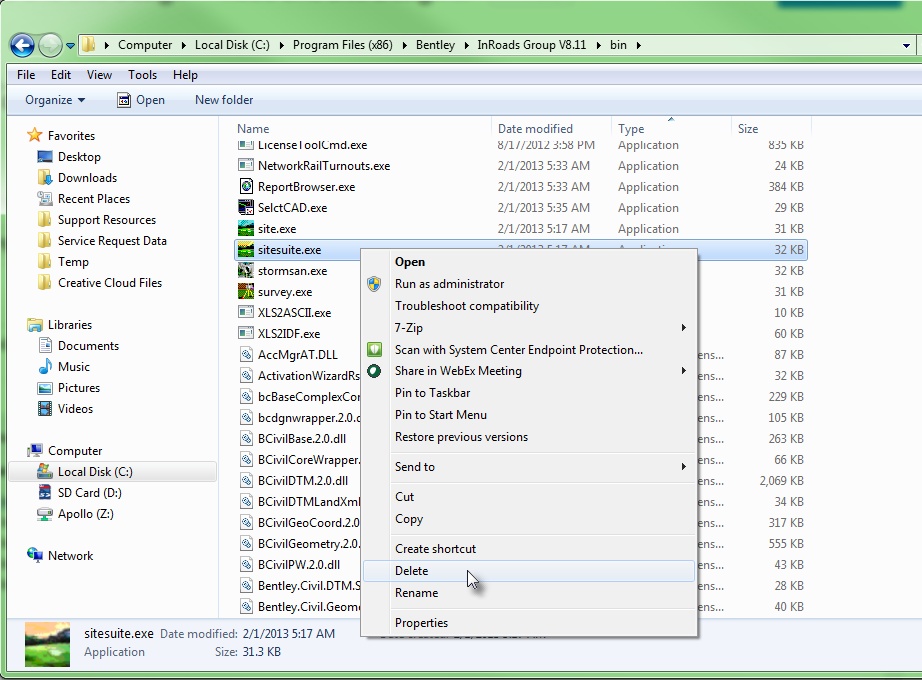

- #Native access uninstall product how to
- #Native access uninstall product install
- #Native access uninstall product software
- #Native access uninstall product password
Add arguments (optional): -File "specify file path to our script". Go to the Actions Tab → New action with following parameters:. Run Task Scheduler → Create new schedule task → Enter its name → Triggers tab → New trigger → Set up the following options:. Installed by: $UserID" -Subject $Subject -Credential $Cred -Encoding $encoding Send-MailMessage -From $From -To $To -SmtpServer $Server -Body "$Body. $Body=Get-WinEvent -FilterHashtable | Select TimeCreated,Message | select-object -First 1 #Generates email body containing time created and message of application install. $UserSID = (Get-WinEvent -FilterHashtable | select -First 1 #Generates human readable userID from UserSID in log. $encoding = ::UTF8 #Setting encoding to UTF8 for message correct display $Cred = New-Object, $Pwd) #Sender account credentials #Native access uninstall product password
#(Warning! Use a very restricted account for the sender, because the password stored in the script will be not encrypted) $Pwd = ConvertTo-SecureString "enterpassword" -AsPlainText –Force #Sender account password $From = # From whom we are sending an e-mail(add anonymous logon permission if needed)
#Native access uninstall product software
$Subject = "New Software Has Been Installed on $env:COMPUTERNAME" # Message Subject
To create an instant alert that is triggered upon any software installation, you need to edit the following powershell script by setting your parameters up and saving it anywhere as. Open Event viewer and search the application log for the 11707 event ID with MsiInstaller Event Source to find latest installed software. Set retention method to "Overwrite events as needed" or "Archive the log when full". Make sure the "Enable logging" check box is selected. Run eventvwr.msc → Windows Logs → Right-click "Application" log → Properties:. #Native access uninstall product how to
How to Detect Who Installed What Software on Your Windows Server.
#Native access uninstall product install
Remove the install directory and install directory's bin subdirectory from the system PATH environment variable.The same machine_wide_configuration option that was provided to install.bat must be provided to uninstall.bat

This means that the above example will only uninstall ODP.NET 4 and not it's dependencies. The uninstall.bat does not uninstall the product's depenencies. Where "odac" is the Oracle Home Name that was used at install time and "c:\oracle" is the installation directory.

As an example, executing the following will uninstall only ODP.NET 4: To uninstall all ODAC products, execute the following:Įach product can be also be unconfigured and uninstalled individually.
Execute uninstall.bat from the Oracle Home installation directory to unconfigure and uninstall ODAC products. The same machine_wide_configuration option that was provided to install.bat must be provided to uninstall_odpm.bat Where "c:\oracle" is the installation directory. Valid values for the optional machine_wide_unconfiguration argument are: true and false. Valid values for the required platform argument are: x86, 圆4, and both. Uninstall_odpm.bat oracle_home_path platform Uninstall_odpm.bat takes the following arguments: Execute uninstall_odpm.bat from the Oracle Home installation directory to unconfigure and uninstall Oracle Data Provider for. Uninstall instruction you'll find in the readme.htm file - in dir with installation scripts ) 1.7K Training / Learning / Certification. 165.3K Java EE (Java Enterprise Edition). 7.9K Oracle Database Express Edition (XE). 3.8K Java and JavaScript in the Database.







 0 kommentar(er)
0 kommentar(er)
